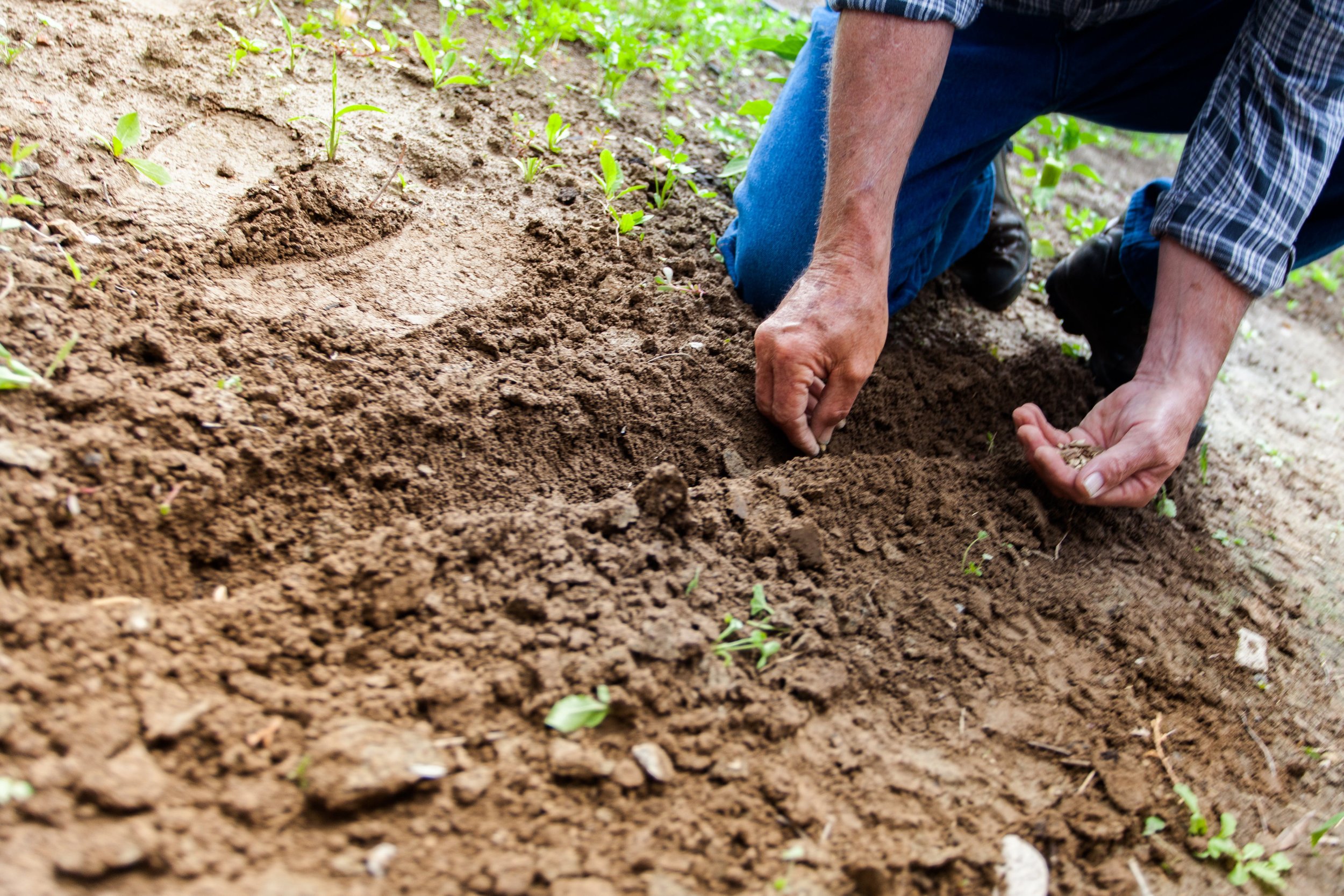
Complete Soil Management
Detailed services.
Soil Nutrition Analysis and VRT Prescription
Nutrient interaction antagonism and synergism
Precision Application files created and sent to applicators
Soil Health Strategies
Biochemical, Biological and Physical properties
Sustainability, Regenerative, Carbon enhancement,
and H2Ohio Compliance
Manure Management
What is complete soil management?
Proper soil sampling for nutrient and pH management is the foundation for a successful program but other factors such as soil OM, CEC, type of parent clay material, nutrient antagonism, drainage and soil health parameters should be considered.
Most soils are carbon limited/starved. Rarely are we able to maximize microbial life to work in synergy with plants. Carbon is the central element to all life forms and management of Carbon is a key part of maximizing soil health, soil structure, water penetration and water retention and nutrient use efficiency. Delivering plant nutrition to plants via carbon-based systems which includes leonardite (Led-ur-dite) based liquids, cover crops and manure. We have experience with all facets of soil carbon enhancement programs.
Did you know the average soil has 10 billion microscopic life forms in every gram of soil?
A gram of soil is about the size of your little fingernail. There are 451 grams in a pound and with 2 million pounds of soil in a 6” furrow slice of soil per acre; well, you have about 25,000 pounds of living life forms per acre. These micro-organisms decompose residue and are responsible for converting nutrients we apply into plant available forms. Understanding how to improve the efficiency of nutrient cycling and minimizing harm to the life forms while growing a crop helps to make all soils more productive for the farmer.
We love cover crops and value what they can bring to farms but know that not all farms have the labor to seed and timely terminate covers in their operation. Understanding the impact of alternative and easy to apply plant-based carbon can provide many benefits for farmers looking to improve soil health.
Regenerative Ag has been a vague term at best for most. To be successful this must be an outcome-based program to enhance soil productivity, nutrient use efficiencies and water management. We understand each of these areas and can consult with farmers to embrace the concepts.
-
The average gram of soil has 10 billion microscopic life forms in it.
